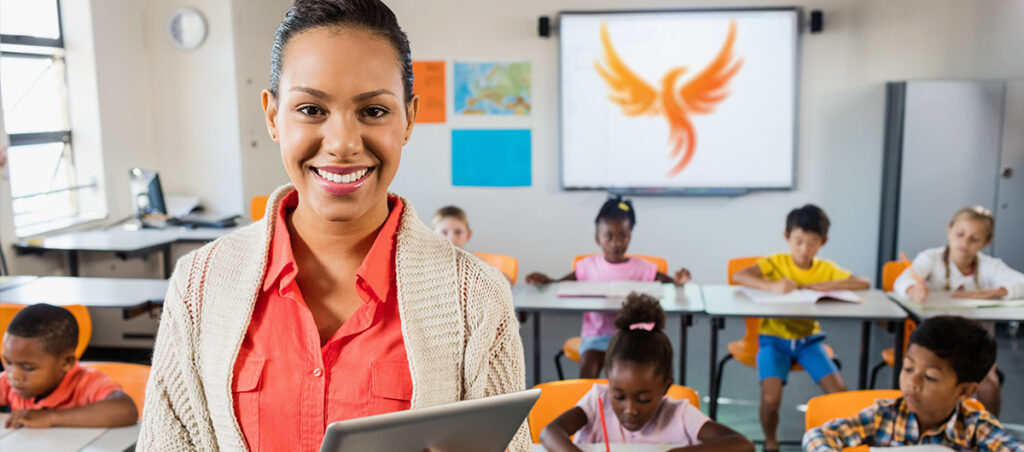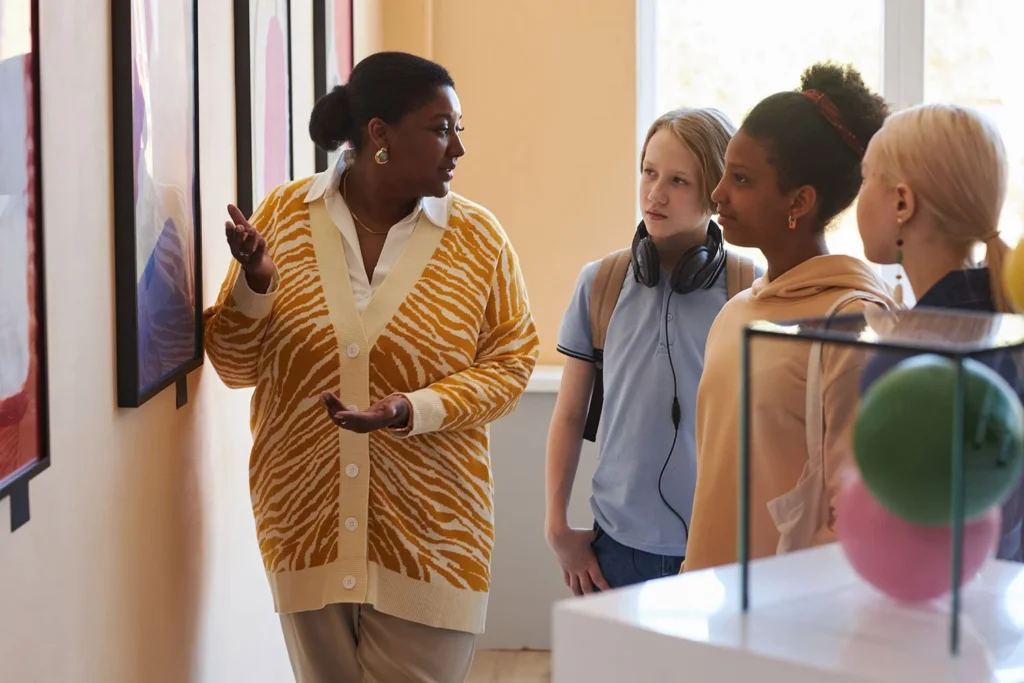In today’s digital world, information surrounds us at every moment. Yet, with an overwhelming flood of content, not all of it is accurate or trustworthy. To thrive in this environment, mastering digital literacy and critical thinking is not optional—it’s essential. These skills equip us to navigate, analyze, and wisely engage with the vast amounts of information that shape our opinions, decisions, and actions.
What Is Digital Literacy and Why Does It Matter?
Digital literacy goes beyond simply using technology. It means having the ability to find, evaluate, understand, and create information safely and responsibly using digital tools. In essence, it’s about being fluent in the language of the digital world. This skillset enables us to recognize credible sources, avoid online threats, and participate as informed digital citizens.
The importance of digital literacy continues to grow as more social interactions, education, and work move online. It helps individuals make better decisions by filtering out misinformation and taking control of their digital experience. Moreover, digital literacy supports lifelong learning by building a strong foundation to adapt to new and emerging technologies.
Critical Thinking: The Compass in a Sea of Information
Critical thinking is the ability to analyze and evaluate information objectively, discerning facts from opinions, biases, or falsehoods. In the digital age, where misinformation and media bias have become widespread, critical thinking offers the necessary tools to question, verify, and reflect before accepting or sharing information.
By cultivating critical thinking, individuals learn to recognize tactics used in misinformation, such as sensational headlines or misleading visuals. This empowers them to make informed judgments rather than falling prey to manipulation or false narratives.
The Intersection of Digital Literacy and Critical Thinking
Together, digital literacy and critical thinking form a powerful combination to navigate today’s complex information landscape. Digital literacy provides the skills to access and interact with digital content efficiently and safely. Critical thinking enhances this by encouraging a skeptical and inquisitive mindset that questions the validity and intent behind the information.
When these skills work hand-in-hand, people become better equipped to identify trustworthy news, understand media bias, and resist the spread of misinformation. This results in more thoughtful consumption and sharing of information, which is crucial for a healthy democratic society and meaningful participation in the digital world.
Challenges in the Information Age: Misinformation and Media Bias
The digital era has lowered the barriers for anyone to publish content, flooding the internet with a mix of accurate information, opinion, and misinformation. Social media platforms amplify this challenge by creating “filter bubbles” and “echo chambers,” where users are mostly exposed to views that reinforce their own beliefs. Algorithms prioritize sensational or emotionally charged news to capture attention, regardless of truthfulness.
Misinformation can have serious consequences, such as undermining public trust, polarizing communities, and spreading false health or political claims. Media bias, where news outlets present information with a particular slant or agenda, further complicates discerning facts.
Teaching Digital Literacy and Critical Thinking: Best Practices
To empower future generations to navigate the digital world confidently, education systems must prioritize teaching digital literacy and critical thinking skills. Here are some effective approaches:
- Start with the Basics: Educators should begin by defining what digital literacy means, including how to stay safe online, understand digital etiquette, and use search engines effectively.
- Real-World Scenarios: Engaging students in tasks like evaluating news articles, creating mock social media profiles, or identifying phishing attempts makes learning practical and relatable.
- Foster Critical Analysis: Lessons should focus on evaluating source credibility, detecting media bias, and understanding the influence of advertising and algorithms.
- Integrate Across Subjects: Digital literacy isn’t isolated; it should be embedded throughout subjects from language arts to science, allowing students to apply these skills in diverse contexts.
- Encourage Collaboration and Discussion: Create classroom environments where students feel comfortable sharing viewpoints, questioning information, and developing respectful debates.
The Role of Parents and Adults
While schools play a big role, parents and adults also need to actively nurture these skills. Discussing the importance of critically assessing information at home, modeling responsible online behavior, and encouraging curiosity can help children and adults alike become discerning digital citizens.
Conclusion: Empower Yourself with Digital Literacy and Critical Thinking
In a world overflowing with information, having the skills to navigate digital spaces thoughtfully is crucial. Digital literacy and critical thinking empower us to separate fact from fiction, understand different perspectives, and engage responsibly online.
By fostering these skills in education and everyday life, we build resilience against misinformation and media bias. This enables us to make informed choices, contribute meaningfully to society, and harness the true power of the information age.
Take charge of your digital experience today—develop your digital literacy and sharpen your critical thinking. The future depends on thoughtful, savvy information consumers like you.
If you want to learn more or help others build these essential skills, start by exploring trusted digital literacy resources or engage in conversations about media responsibility. Your commitment can make a difference in creating a more informed and discerning digital community.






